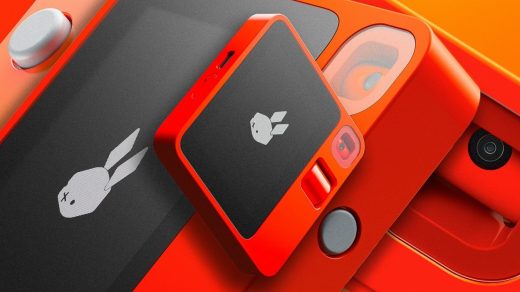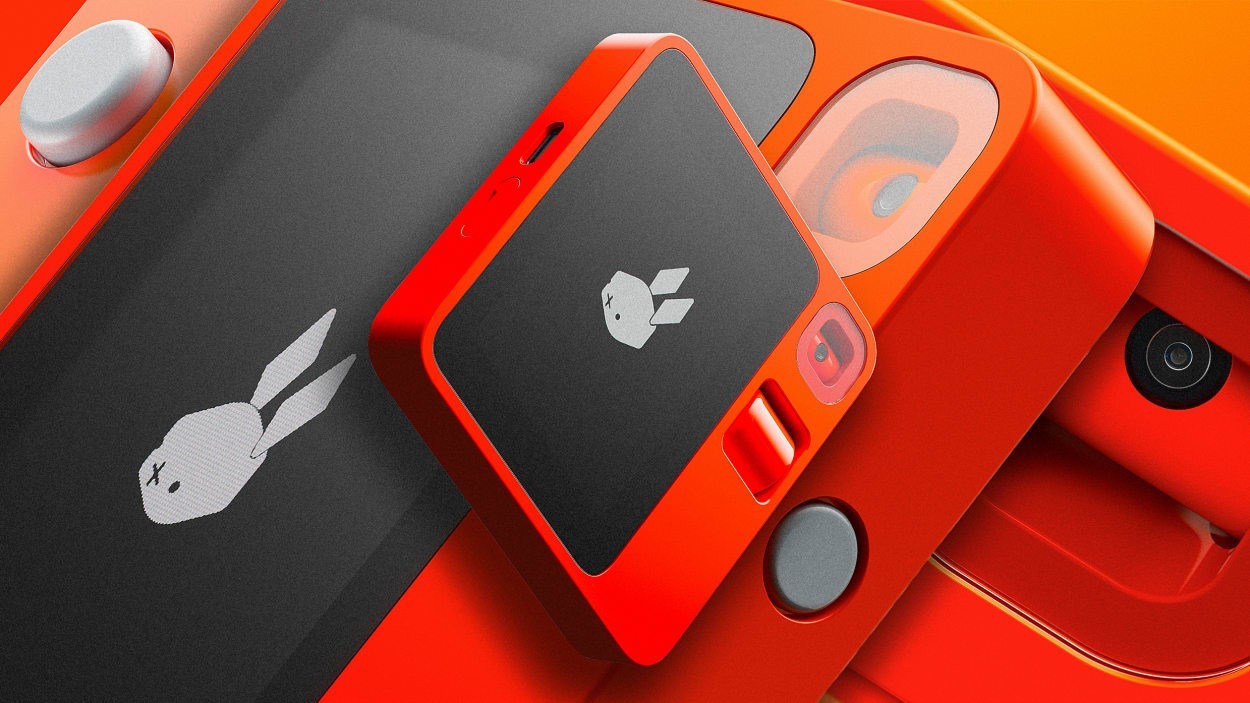How design drove $10M in pre-orders for Rabbit R1 AI hardware
Few people knew who Jesse Lyu was when he posted a video of himself to X, standing in front of a black backdrop in a black T-shirt, holding a bright orange gadget.
They didn’t know that he founded an early AI company called Raven Tech that sold to the Chinese giant Baidu in 2017. That he had $30 million in new funding. Or that he had a penchant for racing Lamborghinis and collecting vintage synthesizers—the latter of which connected Lyu to Jesper Kouthoofd, founder of the Swedish audio hardware company Teenage Engineering, who has become one of Lyu’s closest collaborators. (Lyu also serves as a board member at the company.)
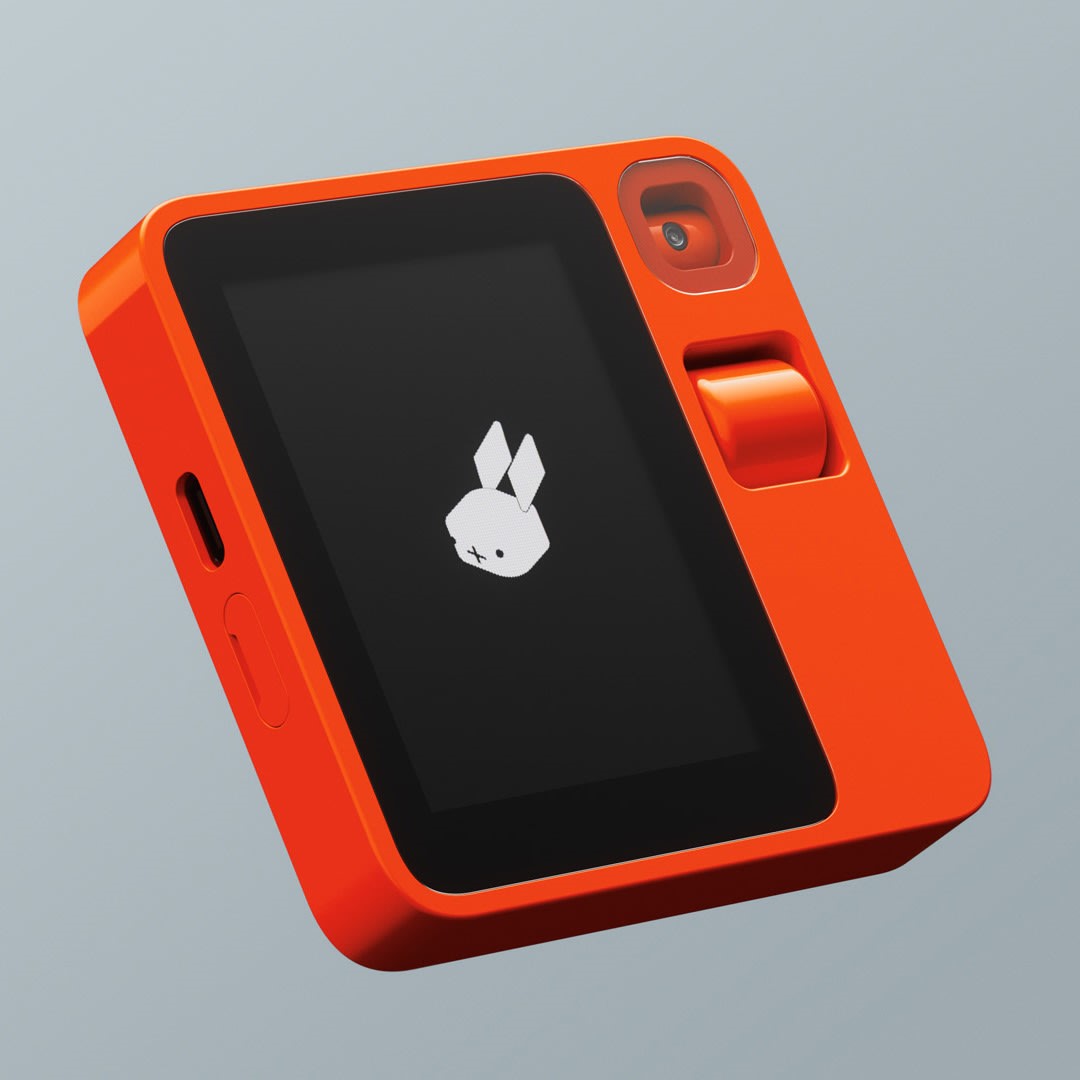
All the public knew was what Lyu showed that day: The Rabbit R1, a bright orange walkie-talkie for AI. Steeped in Teenage Engineering’s stoic-retro appeal (the studio collaborated on the design), the gadget features one big button you push to talk, a chunky scroll wheel to browse the screen, and a rotating camera complete with its own privacy door. Lyu demonstrated how you could use the R1 for simple queries, or to program AI “rabbits”—think of them as little software robots—that can control your apps and websites for you. Rabbits, as Lyu explains them, can piece together complicated workflows to do something grander, like planning your entire vacation or erasing watermarks in photos, on command.
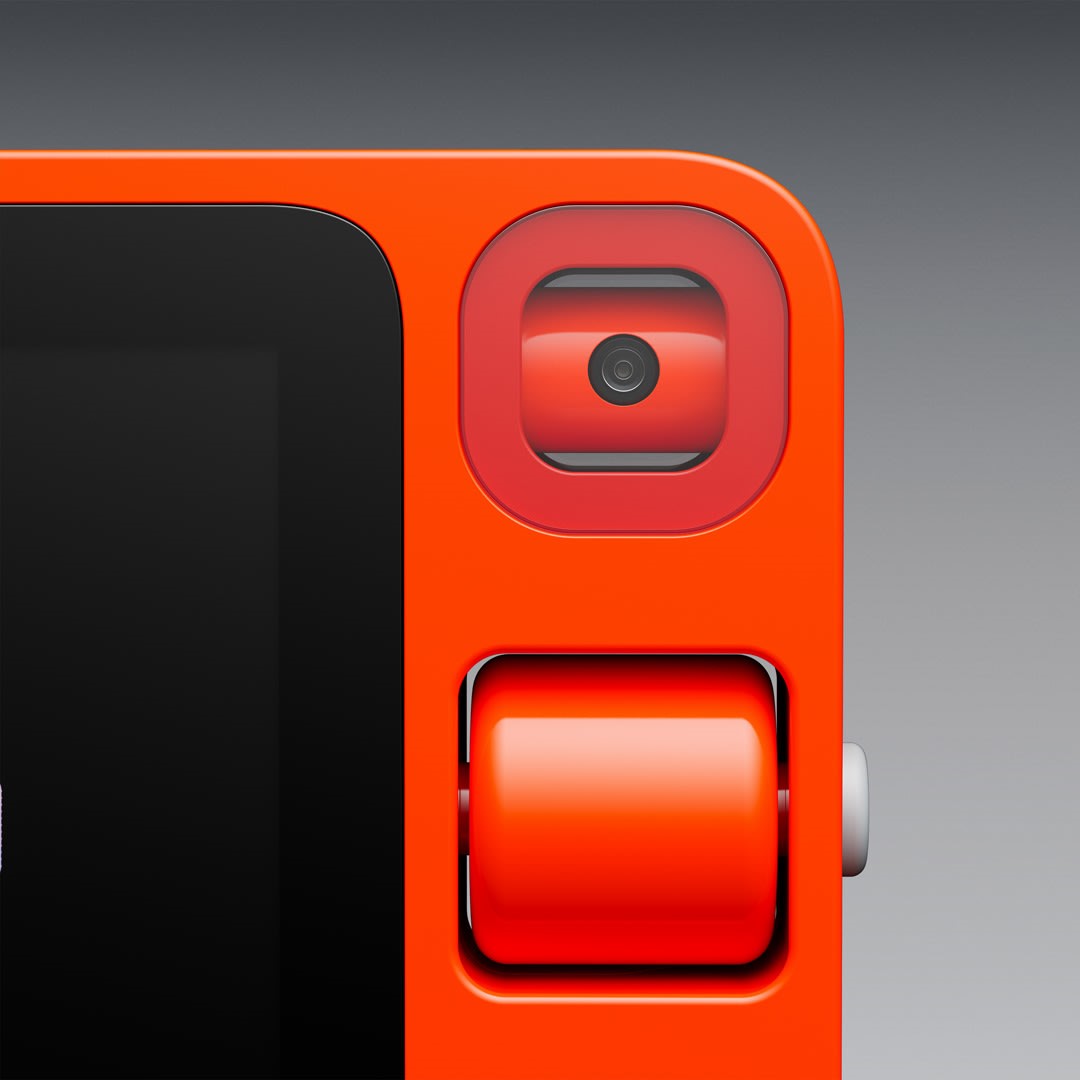
And then Lyu said the price: $199. A steal for a peek at the future of AI, and more practically speaking, one of the least expensive Teenage Engineering products on the market. Five days and 50,000 preorders later, the $200 Rabbit R1 may be the most successful AI hardware launch to date (preorders of Humane’s AI Pin aren’t public, though the firm is already laying off employees).
When Lyu and I connect on a call, he’s less prepared for a victory lap than he is eager to address a week of critique. Since launch, people have been asking why he built a second device you have to carry to ostensibly control a phone, and questioning his decision to build hardware when he just could have made an iPhone app.
Lyu is part of an early wave of AI companies that are attempting to figure out what AI hardware even means. When I mention that an iPhone of AI seems far off, I’ll admit to being a bit surprised when Lyu agrees.
“I don’t think anyone can get anything down in the first try. Hardware design is super, super, super hard. And we have no intention of saying, ‘OK, this is the definitive form factor,’” says Lyu. “Actually, it’s quite the opposite. It’s a result of de-risking. It’s a result of giving you something that you already know.”
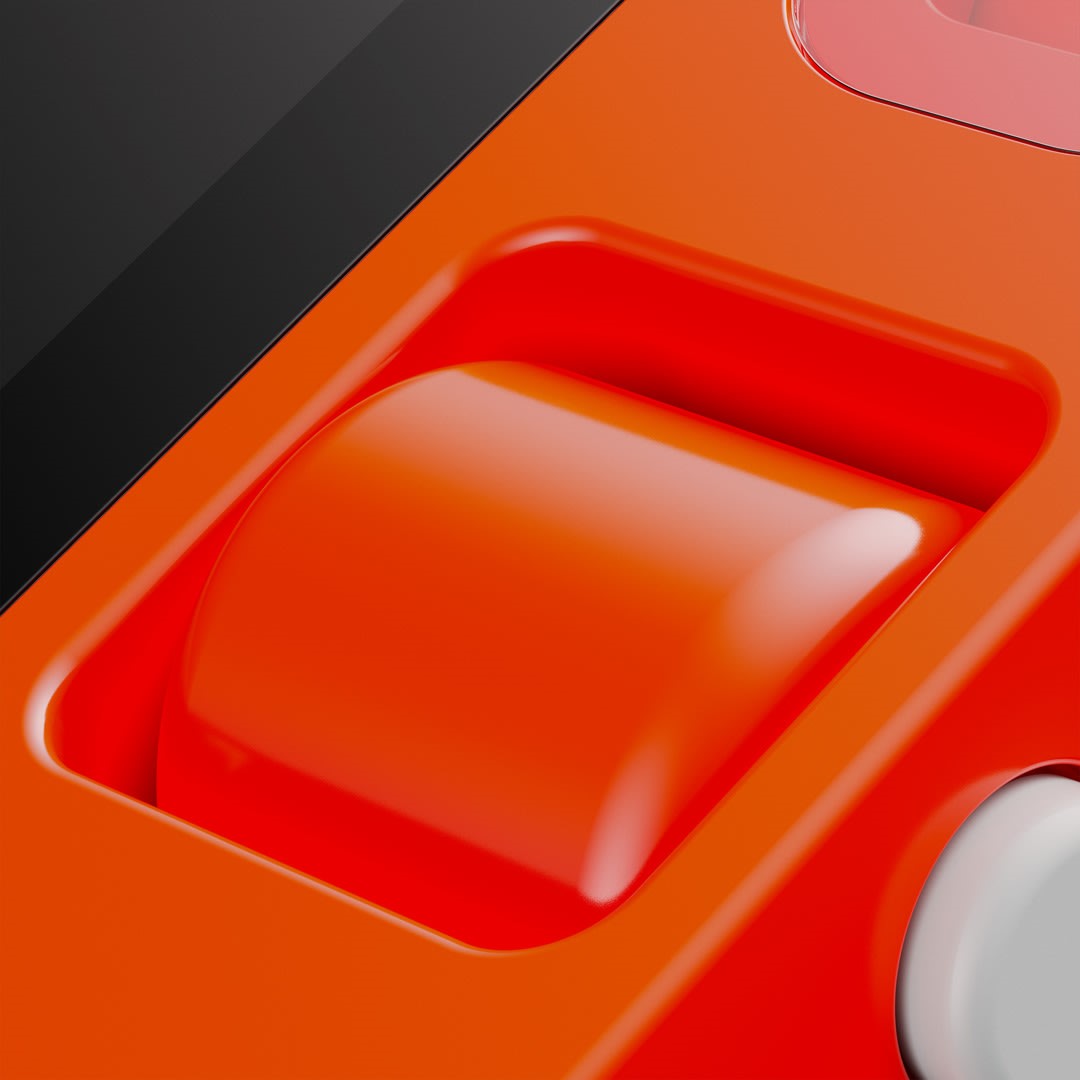
The familiar crossed with the unfamiliar
Lyu isn’t a prototypical designer, but he is a student of culture and its objects. Back when he founded Raven, he tasked his team with building a catalog of the 10 most iconic products across major consumer categories. Before he could afford a Lamborghini, he studied them. Despite never desiring a luxury watch, he’s investigated their most successful brands. “I think all the greatest minds that I’ve ever worked with share this in common: They have ultra-strong curiosity,” he says.
His most significant foray into hardware was in 2017, when at Baidu, he collaborated with Teenage Engineering to make the Raven H, an assistant speaker designed to be a counterpoint to the Amazon Echo and Google/Nest Home. The first Raven Smart Assistant was a radical departure from the industry’s cylindrical speaker designs. It looked more like a stack of Post-it notes, topped by an expressive LED grid that could offer emoji-like expressions and even spell out words.
This product was difficult to build. Its body was fiberglass (not plastic) produced in a single injection mold, in five different colors—a sort of art and science that required a research team set up at the factory for months to work this complicated manufacturing out. But the ideation and design process was super quick.
“Because we had such strong synergy, during the entire design process . . . we never had a phone call, never had an email,” says Lyu of his collaboration with Kouthoofd and the Teenage Engineering team. “We literally just set up a secret Instagram account and started uploading sketches. The entire design process was basically concluded on Instagram . . . when you work with someone who really understands you, you don’t really need to say anything.”
At the time Lyu and Teenage Engineering starting contemplating Rabbit, Lyu had been falling out of love with his phone. While certainly an indispensable tool, any emotional connection to his iPhone had been erased once he subscribed to a plan that let him upgrade and swap out his phone every year.
And yet, Lyu wasn’t eager to launch a phone of his own. Doing so seemed like a recipe for disaster. The market is owned by two powerful operating systems, which have already planted consumer expectations around form and UX that would prompt “infinite loops of competition” if he tried to challenge them as a puny startup.
He quickly realized that the R1 should be nothing like a phone. “It should be exactly not like a phone,” says Lyu.
While Baidu’s Raven H had a relatively radical design, Lyu said it only worked because the speaker market was already well established. People knew what smart home assistants were. That familiarity allowed them to experiment with the form. But the segment of personal AI hardware is entirely new, and people have no grounding. He decided to be more conservative with Rabbit’s design.
“I didn’t want to create a crazy, sci-fi form factor. I said to the team, basically, ‘you’re creating a software experience that’s so disruptive compared to what we’ve already gotten used to in the past 15 years. That’s already risky enough,’” says Lyu. “You don’t offer something software risky and offer another risky hardware form factor.”
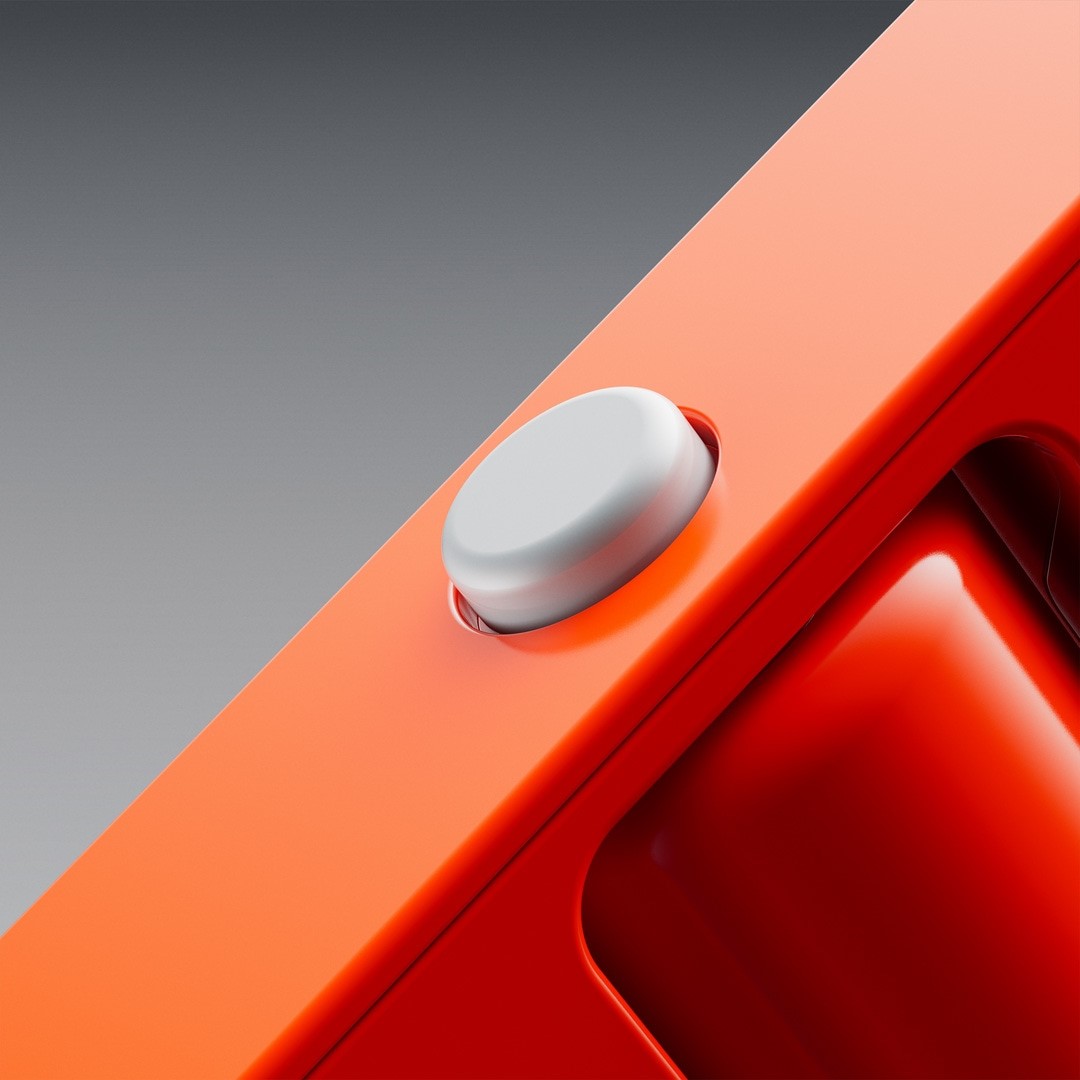
Step one, Lyu hopped on Amazon and bought Tamagotchi for each of his team members, because he wanted this device to feel fun rather than dystopian. Step two, Lyu pursued a new hobby, acquiring his amateur Ham operator’s license. (His radio is set up at a second desk setup right behind him as we talk.) From that radio comes the R1’s core interaction: its giant walkie-talkie button.
This button was “a no-brainer,” Lyu says. It was familiar, sure, but he also points to the fact that first responders rely on walkie-talkies to this day, with their satisfying and reliable physical buttons that you can count on in an emergency (this idea of dependable tangibility was also behind the Rabbit’s scroll wheel and the tiltable camera.)
“I want reliable control,” says Lyu. “I really, really hate the turning signals on my Tesla. Like, that’s a disaster. I want actual analog feedback.” The Rabbit’s analog feedback paired with the whimsy of mechanical components results in a product that feels more like a retrofuture toy than the literal future. Fitting into your palm with a block-like bezel, Lyu compares the device to a real life Pokédex (where your “rabbits” are the Pokémon)—though it’s impossible to not see Teenage Engineering’s Playdate portable game console in the design, too.
“The fundamental principle is that we’re not trying to replace your phone,” says Lyu. “It’s just a new gadget.”
Not replacing your phone meant that Rabbit expects you to carry the R1 and your smartphone of choice. You’ve gotta carry around two things! Lyu isn’t ignoring this problem—he acknowledges it several times on our call—but he also insists that in this stage of AI hardware, he needs to solve for utility first and ergonomics second.
“I think it’s just a problem that you don’t need to worry about now,” he says. “Because even if you find a better way of not having your audience to put two things in their pocket, if your software experiences are failing, if anything goes wrong, then that extra effort is not adding points.”
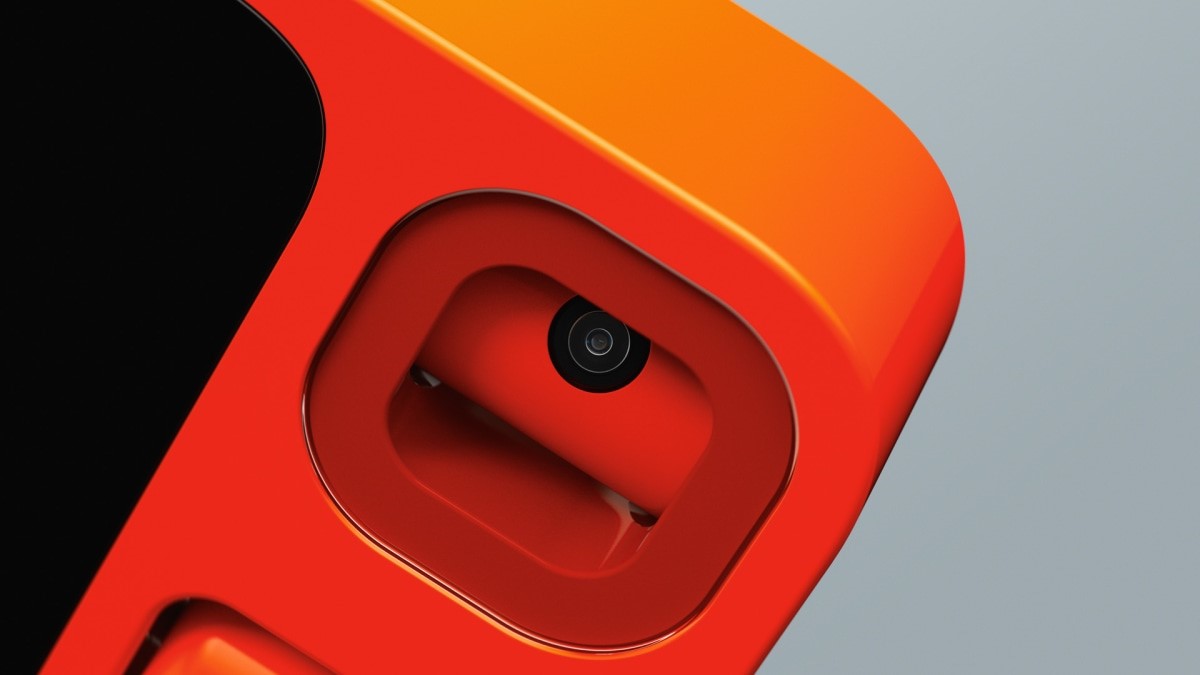
Why not an app?
And yet, you still may be asking, why does the Rabbit R1 need to exist at all? You have a button, screen, and a camera in your smartphone today. Lyu believes his company’s biggest revolution is its Large Action Model—those aforementioned rabbits that you can use (or even train yourself) to do various things on your behalf. But couldn’t they just squeeze those rabbits into an app?
In short, yes, Lyu agrees Rabbit could be a software offering. “In a perfect world, tomorrow, Siri will just do something like this, or even better,” he muses. “But from my perspective, how do I want to build a business?”
If Rabbit were simply an app, Apple could see his code, which Lyu feels would equate to sharing his company’s IP. He’d need to create and maintain apps for both iOS and Android, which requires lots of ongoing investment for a high level of execution. And ultimately, Rabbit would be served up in the same trough of every other app. “Yes, you can be very successful on the App Store, but you have that lack of sense of security,” says Lyu. “Like, what if tomorrow, there’s a better app? Think of filter apps for Instagram. There’s no loyalty whatsoever!”
Lyu argues that hardware, despite its expense and challenges to manufacture, and despite its redundancy in our pockets, offers far more defensibility to his business.
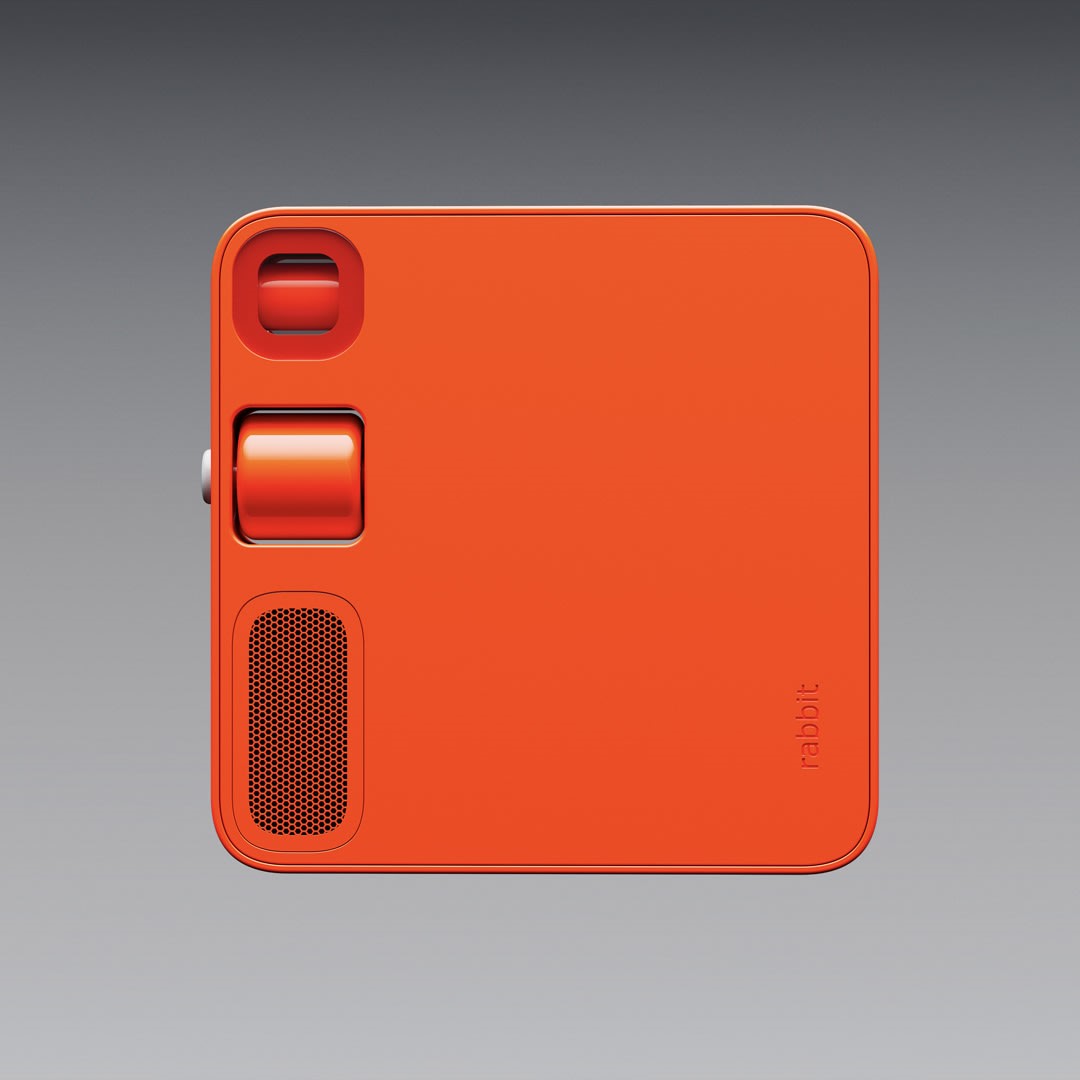
“We knew that the large action model is like [Apple’s] multitouch. It’s so good that we’re gonna protect it to the point that we want to build dedicated hardware just to run it,” he says. “And then the hardware is a result of de-risk. We don’t want to offer you two new things. We want to offer you one thing [AI] and the other thing [an amusing retro-future gadget] that takes you back to the ’90s, the good old fun times.”
For $199, the Rabbit R1 has proven irresistible to 50,000 people and counting, but notably, it’s not a loss-lead device. Its key processing happens in the cloud, where a user’s data is more secure than it can be on most small batch hardware, which saves on hardware cost. Lyu adds that its unit costs leave considerable margins to spend on some AI processing it outsources, like understanding user intention via ChatGPT. (Their own analysis finds the heaviest users would run about $15/month in billings to OpenAI, which Rabbit will cover.)
“We do have a good margin, at least for the first generation,” says Lyu. “The real scalable business is when people start teaching rabbits to do their own thing, so that you’re essentially creating rabbits instead of apps.”
As users sell their own rabbits, Rabbit OS will take a cut, just like Apple does with its App Store. “We’re not reinventing any business models,” says Lyu.
The first batch of Rabbit R1s will ship in March, with the rest arriving in waves through June or July of this year. Given the rapid evolution of AI and AI hardware, it’s difficult to know exactly what the reception will be like to the Rabbit R1 in a few weeks, let alone in half a year.
“To be honest, I think there are other things in our mind we want to deliver. It’s just from a strategic point of view . . . AI is moving too fast,” says Lyu. “So we have to come out now, when the timing is exactly right.”
(25)

